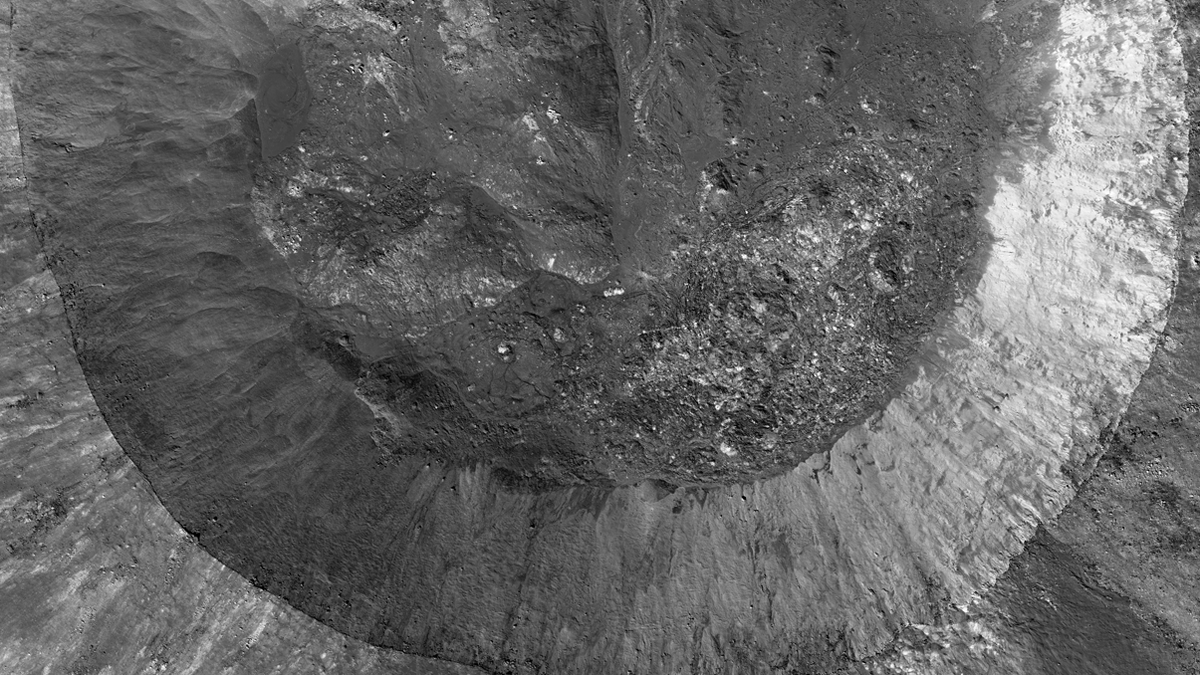The Origin of Near-Earth Asteroid Kamo’oalewa
For nearly a decade, astronomers have been intrigued by the peculiar behavior of a near-Earth asteroid called Kamo’oalewa, which seems to have a unique relationship with our planet by sharing a synchronized orbit around the Sun. A recent study has shed light on the possible origins of this enigmatic cosmic object, pointing to a fascinating connection with the Moon.
Discoveries and Insights
A team of planetary scientists from Tsinghua University in China has conducted a groundbreaking study using computer simulations to investigate the genesis of Kamo’oalewa. Their research suggests that a significant asteroid impact at the Giordano Bruno impact crater on the far side of the Moon could have launched a fragment into space, eventually forming the asteroid that now follows a trajectory similar to Earth’s around the Sun.
The study, published in Nature Astronomy, proposes an exciting possibility that could be further explored through an upcoming mission to Kamo’oalewa. This mission aims to gather additional evidence to support the hypothesis put forth by the researchers.
The Nature of Kamo’oalewa
Discovered in 2016, Kamo’oalewa is a small celestial body ranging from 131 to 328 feet in width, exhibiting a remarkable stability in its orbit that resembles Earth’s. Referred to as a quasi-satellite, this asteroid is one of only a few known near-Earth asteroids that share a similar orbital path with our planet for an extended period.
Previous research indicated that Kamo’oalewa’s composition closely resembles that of the Moon, hinting at a lunar origin. The recent study builds upon this idea by offering a detailed scenario of how the asteroid could have been created through a lunar impact event.
Implications and Future Endeavors
The researchers’ findings are supported by spectral analysis of Moon samples, which exhibit striking similarities to the composition of Kamo’oalewa. By narrowing down the possible time frame of the asteroid’s formation to 1 to 10 million years ago, the scientists pinpointed potential impact sites on the Moon for further investigation.
The Giordano Bruno crater, identified as a compelling candidate due to its age and characteristics, holds promise for unraveling the mysteries surrounding Kamo’oalewa’s origins. The upcoming Tianwen-2 mission planned by China for 2025 aims to collect samples from the asteroid, offering a unique opportunity to validate the research and deepen our understanding of this intriguing celestial phenomenon.
Image/Photo credit: source url





